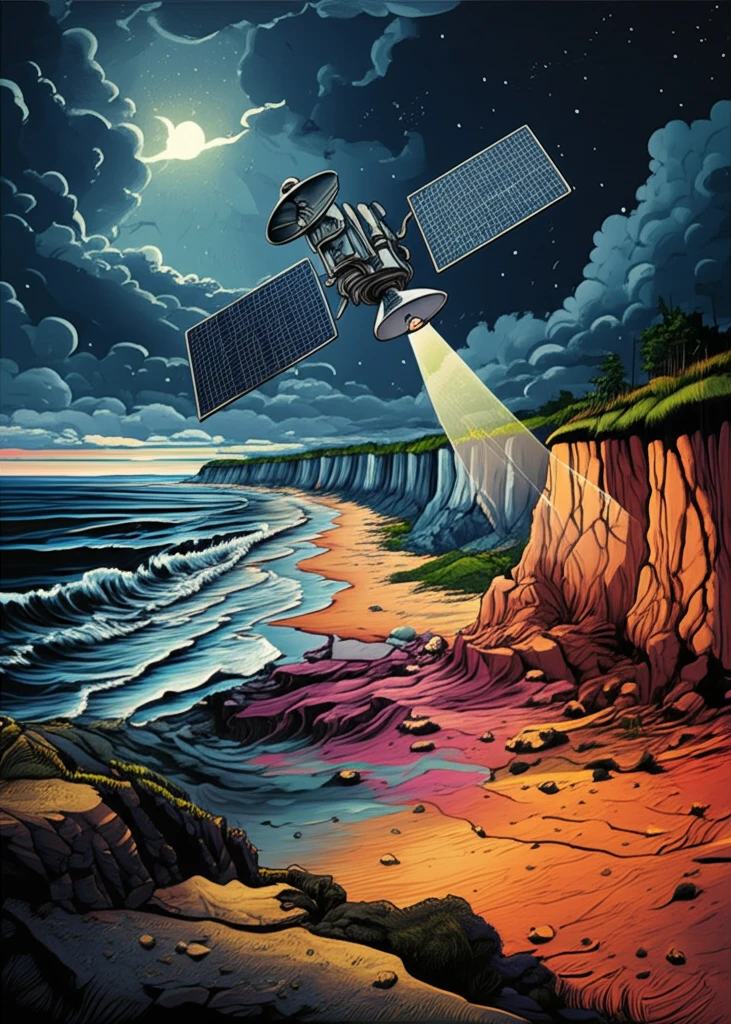
Beach Erosion Breakthrough: Innovative Imaging Tech Tracks Sand Movement
"Japanese researchers develop a color-sand tracing technique using GPS-linked digital cameras to study sediment transport on eroding beaches."
Beaches are dynamic environments, constantly reshaped by the forces of wind, waves, and tides. This natural process becomes a concern when it leads to beach erosion, threatening coastal communities and ecosystems. In Yamaguchi Prefecture, Japan, the Murozumi coast faces this very challenge. To understand and combat erosion, researchers are employing innovative techniques to track sediment movement.
The Murozumi coast, once celebrated as one of Japan’s most beautiful white-sand beaches, has suffered from increased erosion. This erosion is partly attributed to changes in the surrounding environment, such as the construction of structures near the Shimada River. To address this, local authorities are considering sand recycling, a process of replenishing eroded areas with sediment from nearby sources. However, the success of such efforts hinges on a deep understanding of how sand moves along the coast.
Traditional methods of studying sediment transport can be time-consuming and limited in scope. Recognizing this, a team of researchers from Japanese universities and research institutes has pioneered a new approach: using colored sand tracers and GPS-equipped digital cameras. This method allows for detailed tracking of sand movement, providing valuable data for coastal management and erosion control.
How Does the Color-Sand Tracing Technique Work?

The core of this study involves introducing sand grains of distinctive colors (blue and green) to the Murozumi coast during a reclamation project. These colored grains act as tracers, allowing researchers to monitor their movement over time. To capture this movement with high precision, they use digital cameras equipped with GPS technology. These cameras are mounted on tripods to ensure stability and reduce image blur. The cameras take regular interval shots of the beach surface.
- High Resolution: Captures detailed movement patterns of sand grains.
- Broad Coverage: Allows for monitoring of large coastal areas.
- Non-Invasive: Minimizes disturbance to the natural environment.
- Cost-Effective: Reduces the need for extensive manual sampling.
What's Next for Coastal Erosion Research?
The findings of this study offer valuable insights into sediment transport dynamics on the Murozumi coast. The researchers observed that colored sand grains tended to move northward from the release point, with some differences in movement patterns between blue and green sand. They also found that shoreline changes, as captured by stationary cameras, correlated with tidal patterns, indicating the influence of tides on sand movement. Further studies will focus on integrating wind, wave, wave height, wave periods and tidal effect data to refine predictive models and inform coastal management strategies. With continued research and technological advancements, coastal communities can develop more effective strategies for protecting their shorelines from the impacts of erosion.
